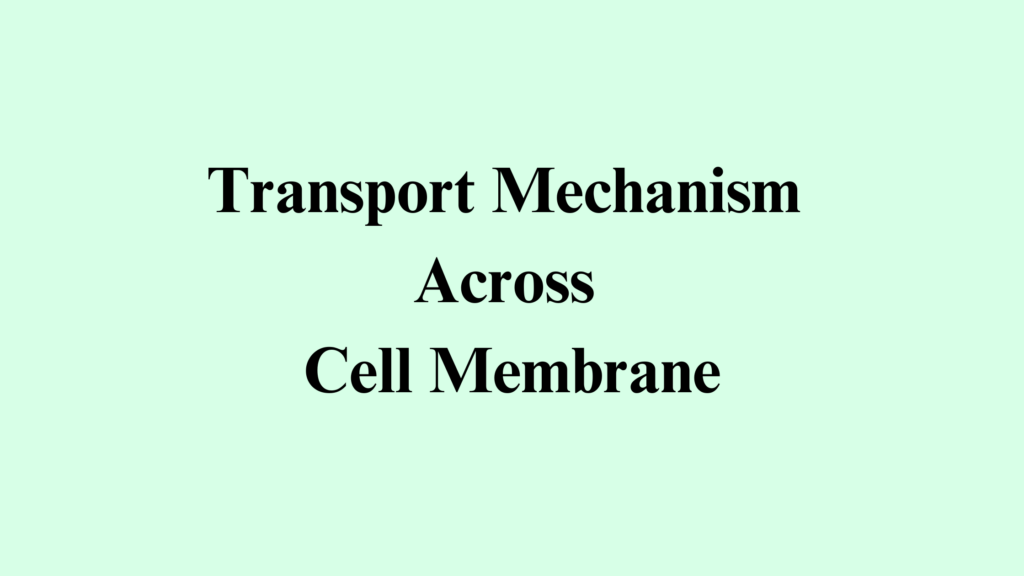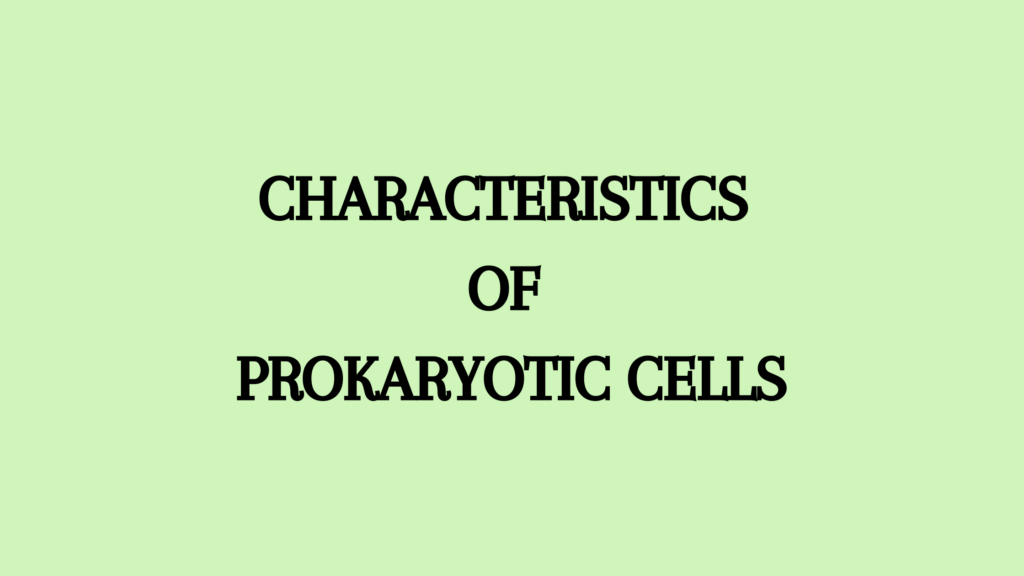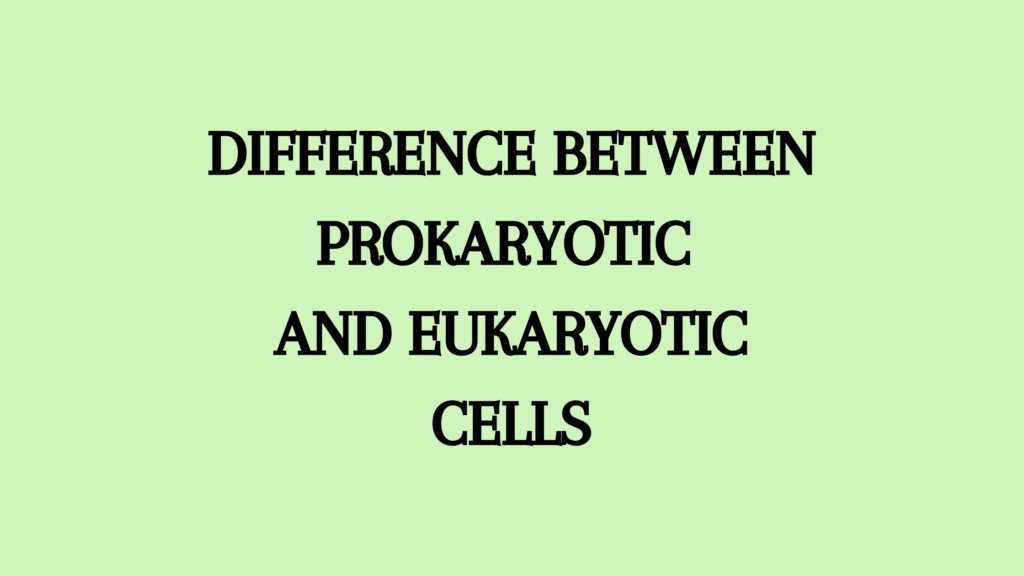A plasma membrane is a semi-permeable membrane that is selective on what can pass across its barrier. This permeability plays an important role in the transport mechanism across cell membrane. It keeps the essential molecules inside the cell while allowing waste materials to pass through to the outside.
This selective permeability helps keep a stable internal environment or maintain homeostasis. It causes a difference in ionic concentration between the internal and extracellular environment. This applies to the same for the membraneous organelles inside the cytoplasm.
Transport Mechanism Across Cell Membrane
The transport across the semi-permeable plasma membrane is either passive because of the ion gradient or active with the help of integral membrane proteins such as transport proteins or permeases. Each of these modes of transport is further divided into different types.
Passive Transport
The passive transport across the plasma membrane is down an electrochemical or ion concentration gradient. Such passive transport is of different types.
- Osmosis
- Simple Diffusion
- Facilitated Diffusion
Osmosis
While the plasma membrane is impermeable to many molecules and is semipermebale to others, it is permeable to water molecules. It allows the flow of water in and out of the cell as needed. This water flow depends on the solute concentration of the cytoplasm and the extracellular matrix.
Osmosis is the flow of water from a region of higher concentration to a region of lower concentration. It means water will flow from a region that has a low solute concentration to that of a higher concentration.
Various types of ions inside the cell play a huge role in osmosis. When water enters the cell it is endosmosis and if it flows out of the cell it is exosmosis.
If the cell suffers excessive exosmosis, its plasma membrane shrinks away from the cell wall. This phenomenon is called plasmolysis. Excess endosmosis results in the swelling of the cell wall to accommodate the excess water flow.
When the intracellular space and cytoplasm have the same ionic concentration, there is no ionic difference and thus no osmosis will occur. Such extracellular fluid that has the same ionic concentration as the cytoplasm is called an isotonic solution.
If the extracellular space is a solution that has a higher ionic concentration, it is called a hypertonic solution and if it has a lower ionic concentration, it is called a hypotonic solution.
Simple Diffusion
Gaseous molecules of oxygen and carbon dioxide as well as other small molecules are transported across the plasma membrane unaided or without any assistance of any kind. This happens via simple diffusion.
The gas molecules are dissolved in the phospholipid layer, cross the membrane and get dissolved in the cytoplasm.
The only specificity, requirement or condition for simple diffusion is the concentration gradient. The molecules can only pass from a region of higher concentration to a region or lower concentration.
Facilitated Diffusion
In facilitated diffusion, ions or molecules cross the plasma membrane with the help of permeases. It does not require energy to facilitate the transport. Similar to other passive modes, facilitated diffusion also occurs on a concentration gradient. The difference here is that it has a greater diffusion rate than simple diffusion.
- Molecules are carried by specific membrane proteins.
- It provides maximum transport rate as the transportation rate increases with the increase in concentration gradient.
- The transport proteins form specific channels to transport the molecules.
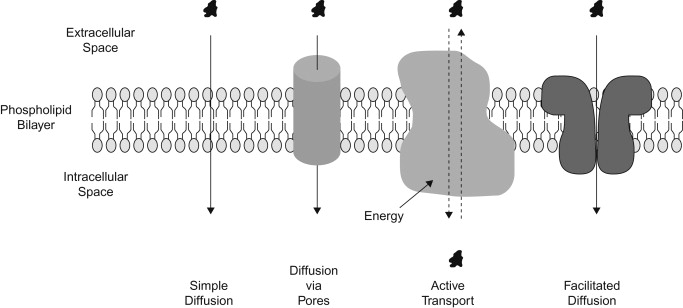
Active Transport
Active Transport across the plasma membrane uses metabolic energy and certain transport proteins known as pumps. Such transportation occurs against the concentration gradient, ie, from a region of low ionic concentration to a region of higher concentration. Since this is against the natural flow, it requires energy.
Active transport uses different types of molecules or ions such as Na+, K+, H+, etc. They form a complex with certain proteins to facilitate transportation.
Na+-K+-ATPase
This is a cation exchange pump or ion pump that uses one ATP molecule to pump two K+ ions into the cell while pumping 2 Na+ ions out of it. The hydrolysis of ATP enables conformational changes in the Na+-K+-ATPase complex that facilitates the transport of molecules across the plasma membrane.
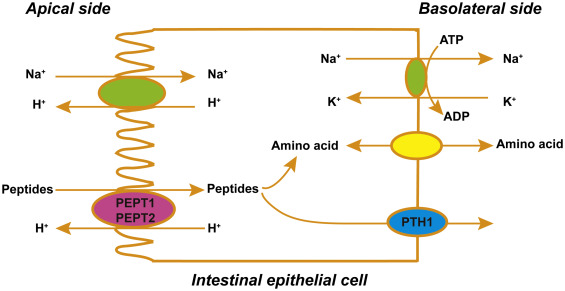
Calcium ATPase
Otherwise known as Ca+-ATPase or calcium pump, this helps maintain the Ca+ ion levels in the cytoplasm by pumping the Ca+ ions in and out as required. This calcium pump in other organelles pumps ions out of the organelles and into the cytosol.
H+ Pump or Proton Pump
The ATP-dependent proton pump on the lysosome membrane pumps H+ ions from the cytosol into the lysosome lumen.
- A similar pump in the mammalian stomach lining maintains the acidity of the stomach acid.
- The proton pump in mitochondria generates ATP from ADP.
Bulk Transport
Apart from the transportation of individual molecules or ions, cells routinely transport macromolecules en masse. This transportation can be in or out of the cell.
The bulk expulsion of macromolecules from the cell is called exocytosis while the bulk ingestion is called phagocytosis. The ingestion of small molecules is called endocytosis.
Exocytosis
Exocytosis is also called cell vomiting or emeiocytosis. The secretory vesicles in eukaryotic cells will be continually carrying cellular secretions to the plasma membrane. Proteins, lipids, and other macromolecules from the endoplasmic reticulum are carried to the Golgi apparatus for processing. From there, the secretory vesicles carry them out of the cell.
These vesicles upon reaching the plasma membrane fuse with it and incorporate itself into the membrane. Now, being a part of the membrane, they expel the secretions. Depending on the location or function of the cell, the plasma membrane can carry a much higher capacity of secretory vesicles into it.
Endocytosis
Endocytosis is the ingestion of smaller molecules or particles. The plasma membrane folds inwards to form vesicles. These can be small droplets of fluid which are taken by non-specific vesicles. In other types, the molecules are carried by receptor-mediated specific vesicles.
Phagocytosis
The ingestion of large-sized molecules or foreign particles into the cell by the plasma membrane is called phagocytosis. In other words, the ingestion of solid particles by the cell is called phagocytosis. It occurs by the invagination of the plasma membrane with the particle that it engulfs.
References
- Agarwal, P. V. |. V. (2004). Cell biology, Genetics, Molecular Biology, Evolution, and Ecology: Evolution and Ecology. S. Chand Publishing.
- Baynes, R. E., & Riviere, J. E. (2009). Absorption. Hayes’ Handbook of Pesticide Toxicology (Third Edition), 877-892. https://doi.org/10.1016/B978-0-12-374367-1.00037-9
- Zhu, L., Lu, L., Wang, S., Wu, J., Shi, J., Yan, T., Xie, C., Li, Q., Hu, M., & Liu, Z. (2016). Oral Absorption Basics: Pathways and Physicochemical and Biological Factors Affecting Absorption. Developing Solid Oral Dosage Forms (Second Edition), 297-329. https://doi.org/10.1016/B978-0-12-802447-8.00011-X
